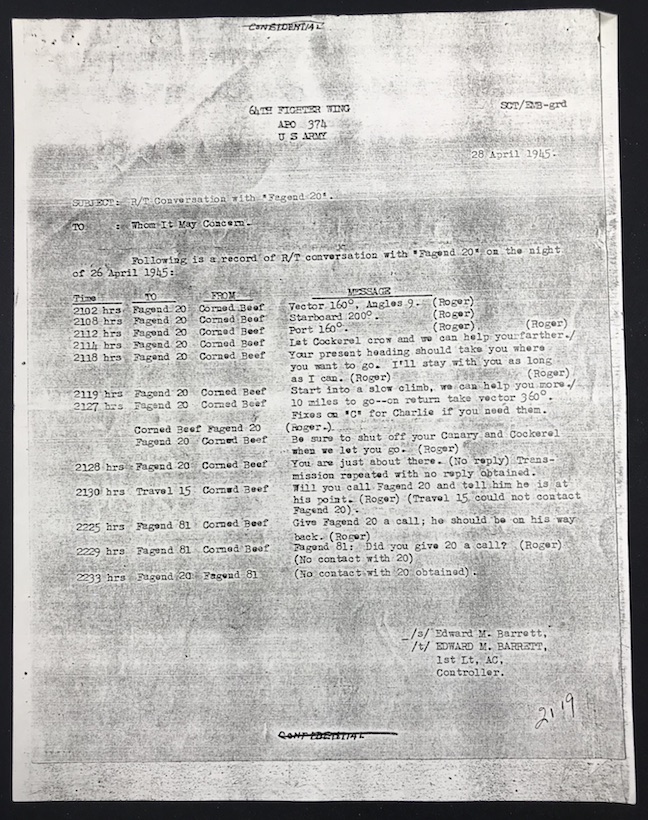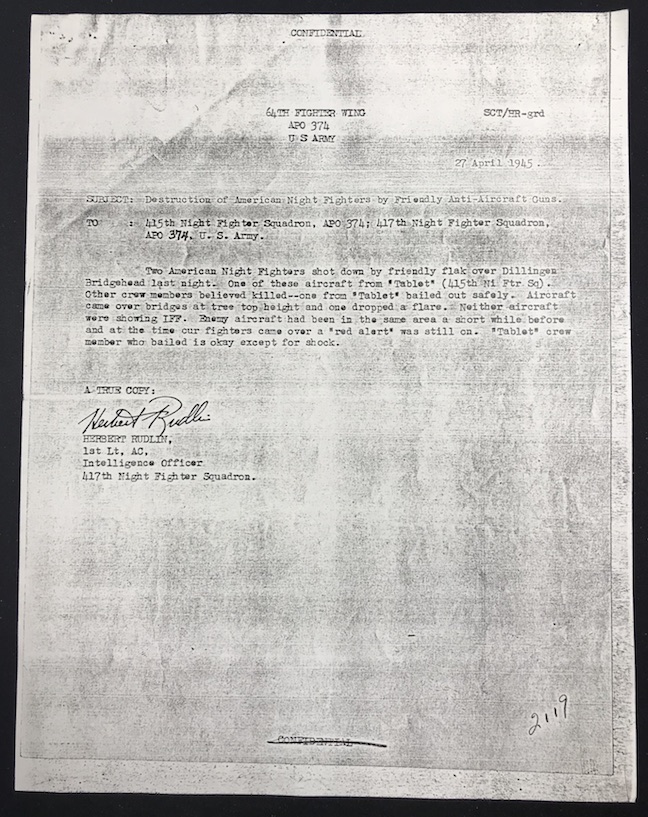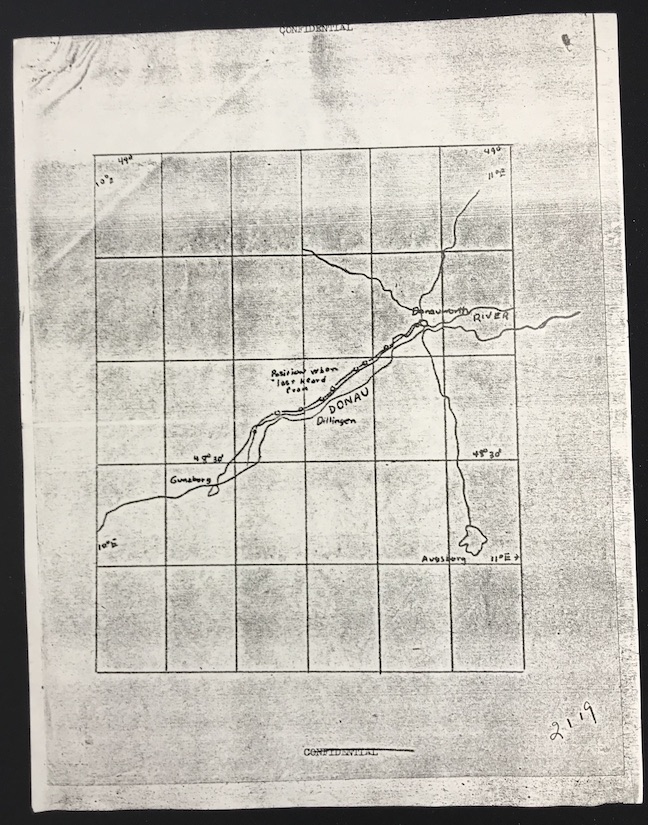Missing Aircrew Report (pdf)







During World War II the U.S. Army Air Forces (AAF) required group echelon units to submit Missing Air Crew Reports (MACRs) to AAF headquarters within two days after an aircraft or air crew failed to return from a combat mission. AAF HQ directed the various group headquarters to submit a MACR for all incidents involving the loss of air crew members during combat operations irrespective of the number of crew members lost. For example, heavy bomber groups would submit a MACR when an aircraft returned from a mission with fewer than the usual ten crew members. In the event an entire crew failed to return, a report was submitted to AAF HQ describing the events prior to the loss of the aircraft. Likewise, fighter groups would submit MACRs when the pilots of single seat aircraft failed to return after a mission.
The information contained in a typical MACR includes a date, time, and location that the crew and aircraft were last seen or reported missing from the formation. Details about aircraft incidents were taken from statements given by crew members from other aircraft flying in the same formation. These statements usually mentioned whether any parachutes were seen to have opened and how many airmen exited the aircraft before it crashed. The names of the missing air crew member(s) were listed by crew position, rank, serial number, and known status such as MIA or POW.
Additional information included in the MACR is the aircraft AAF serial (tail) number; nickname or squadron identification letter; and the type, model, and serial number of the engine(s) or machine gun(s). The name of the assigned air base and numbered unit (squadron, group, or air force) to which an aircraft belonged also appears in the MACR.[1]From the U.S. Air Force
References
| ↑1 | From the U.S. Air Force |
|---|
